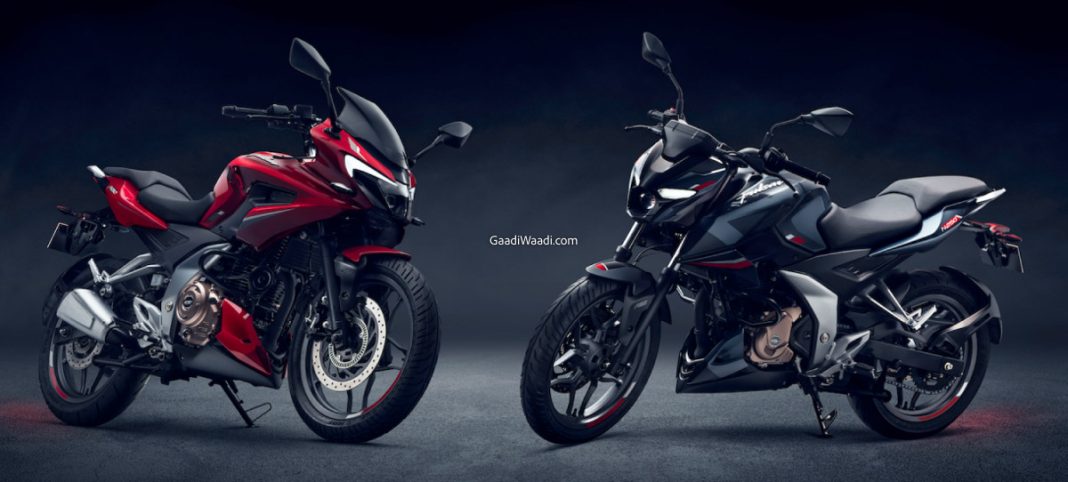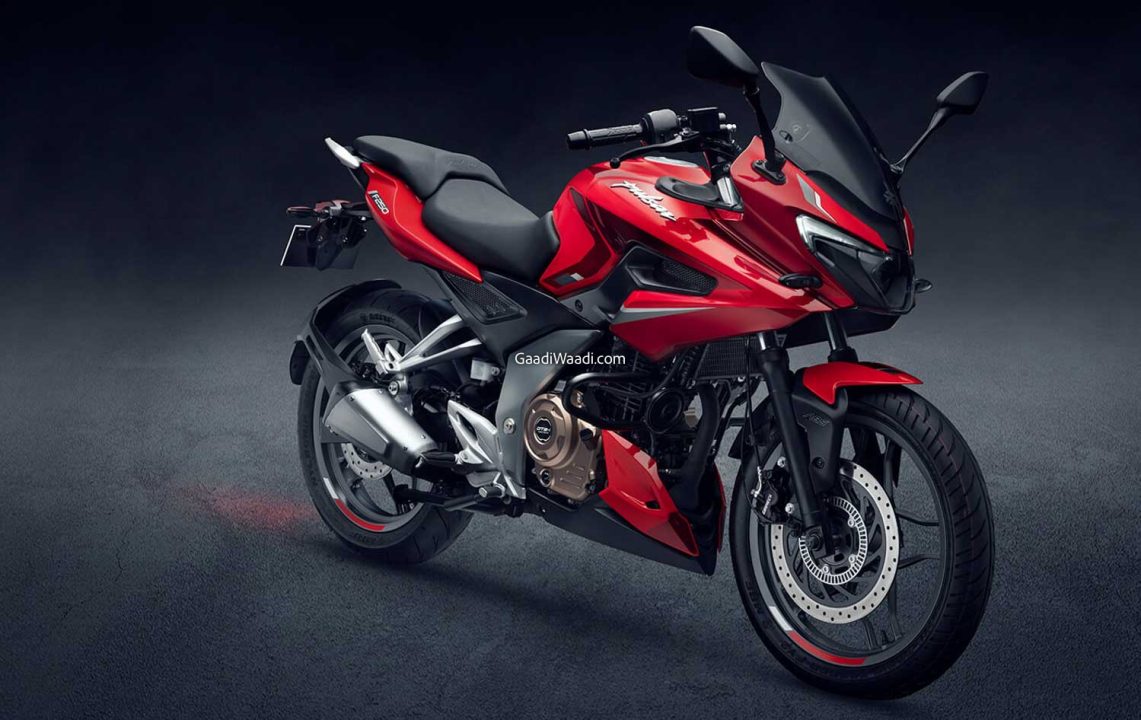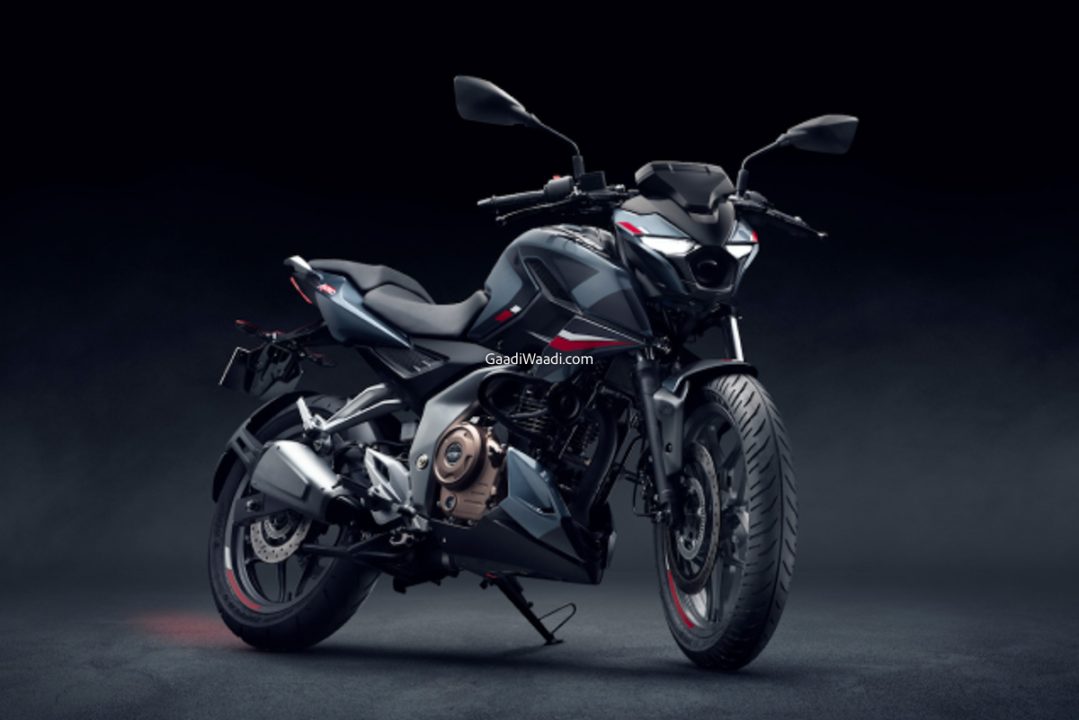
Bajaj Pulsar F250 and N250 have plenty of commonalities including engine, transmission, and chassis but there are some key differences you should know about
Bajaj Auto has finally launched the duo of new generation Pulsars as the Pulsar F250 and N250 were brought to the limelight a couple of days ago. They are based on the new tubular frame with high torsional strength and stress resistance according to the brand, but are they positioned in a different way between each other and how do buyers can set them apart? Here we help you distinguish them:
1. Positioning:
The Bajaj Pulsar N250 and F250 are evolutionary takes on the NS200 and 220F respectively in terms of design. The former is a naked streetfighter directly competing against Yamaha FZ25 and the more expensive Suzuki Gixxer 250 while the latter is a semi-faired motorcycle with no direct rival at its sights in the quarter-litre space.
2. Visual Changes:
The Pulsar F250 offers a better touring stance visually with its tall windscreen and semi-faired appeal while the N250 is more youthful with a sleek headlamp cluster, LED Daytime Running Lights and a single LED projector headlight. The F250 has a more organised design with reverse-boomerang shaped LED DRLs and sharp-looking body panels.
3. Price:
The Bajaj Pulsar N250 is priced at Rs. 1.38 lakh (ex-showroom) and the Pulsar F250 costs Rs. 1.40 lakh (ex-showroom). The price difference between them is just Rs. 2,000 and they carry almost identical equipment such as 300 mm front disc and 230 mm rear disc assisted by a single-channel ABS system, 37 mm telescopic front forks, new monoshock rear suspension, a new semi-digital instrument cluster, 14-litre fuel tank and so on.
4. Riding Stance:
The Bajaj Pulsar F250 gets a more relaxed clip-on handlebar setup while the Pulsar N250 has a flat and wide handlebar setup that could make a difference as the former aids in touring while the latter will help in better flickability through traffic conditions and perhaps better cornering characteristics as well.
5: Kerb Weight:
Both use the same single-cylinder 249 cc SOHC oil-cooled 2V engine producing 24.5 PS and 21.5 Nm, paired with a five-speed transmission with a slipper clutch as standard. The Bajaj Pulsar N250 tips the weighing scale at 162 kilograms while its semi-faired sibling, the Pulsar F250, has a kerb weight of 164 kilograms – making it 2 kilograms heavier.


